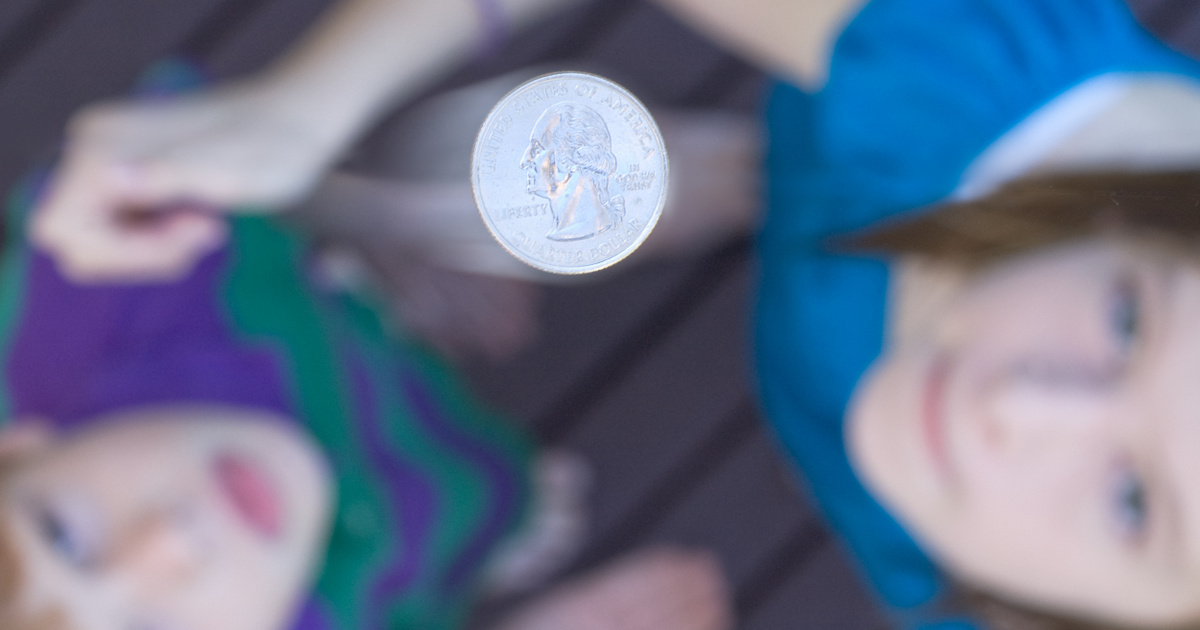Throwing money is one of the oldest ways to decide something. Among other things, it is used countless times in sports, for example, to determine which team should start in the first half of the match. Based on this, we can think that it is a very fair method, since it is completely random which side the tossed coin will land on – so the probability of us preferring Fortuna is 50-50 percent. or not?
The problem was first tackled by researchers from Stanford University, who after a long period of work realized that the game is not completely random at all,
The outcome is affected by which side of the coin is facing at the moment of the toss.
To describe the path of a coin’s spin, scientists built a coin-tossing machine, then recorded the tosses with a high-speed camera and analyzed the physics of motion and forces acting on the coin. With the results, they were able to fine-tune the machine so that it could flip heads 100 times out of 100 – however, the situation was more complicated with human tosses, since it is very difficult to toss a coin by hand, just like tossing a coin by hand. The machine, with exactly the same force and direction.
Interestingly, this is not impossible either, it requires amazing skill and practice, but some people, like Percy Diaconis, who was also involved in the Stanford research, are able to do it. Regardless, statistics have shown that the outcome of a hand flip is not completely random either: instead of the expected 50 percent, the side of the coin that was on top at the time of the flip will come up 51 percent of the time.
They also tried a new method
In a recent study, a new team recruited 48 people to flip 46 different coins exactly 357,757 times — introducing many variables into the experiment. This time, not only were the coins different, but so were the people who threw them IFL Science.
In the end, the experiment showed that overall there was a 50.8% chance that a coin would land on the same side it was on at the moment of the toss, so they actually confirmed what the Stanford students had already established years ago — just in a more elegant way.
There is nothing to fear
Despite all this, there is no need to be afraid, and there is no need to introduce a new method for determining the kick-off in football matches. This inequality of opportunity can be eliminated by simply having the team leaders move away when the judge flips the coin. Minor asymmetry in the outcome can only be used if we know for sure which side of the coin was facing up when it was tossed.












































